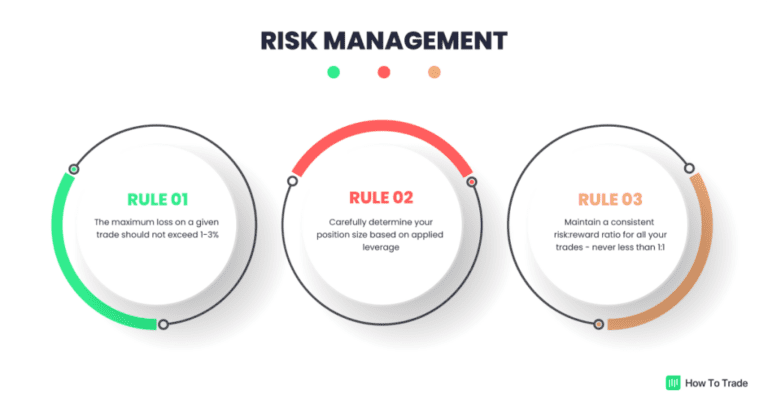The forex market is the largest financial market in the world, with a daily trading volume that exceeds $6 trillion as of 2023. Here are some key aspects to understand the scale and significance of the forex market:
1. Market Size
- Daily Trading Volume: Over $6 trillion, making it significantly larger than any other financial market, including stocks and commodities.
- Growth: The forex market has seen substantial growth over the years, driven by increased participation from both retail and institutional traders.
2. Market Participants
- Banks and Financial Institutions: Major global banks are among the largest participants, handling vast amounts of currency exchange daily.
- Corporations: Companies engage in forex trading for international trade and to hedge against currency risk.
- Retail Traders: Individual traders participate through online brokerages, contributing to the market’s liquidity.
- Hedge Funds and Asset Managers: These entities trade currencies for speculative purposes and as part of broader investment strategies.
3. Currency Pairs
- Major Currency Pairs: The most traded currency pairs include EUR/USD, USD/JPY, and GBP/USD, which account for a significant portion of the trading volume.
- Minor and Exotic Pairs: While major pairs dominate, there are numerous minor and exotic currency pairs that traders can choose from.
4. Market Structure
- Decentralized Market: Unlike stock markets, the forex market is decentralized, meaning that there is no central exchange. Trading occurs over-the-counter (OTC) through a network of banks, brokers, and electronic trading platforms.
- 24-Hour Trading: The forex market operates 24 hours a day, five days a week, allowing traders from different time zones to participate at any time.
5. Liquidity
- High Liquidity: The forex market is known for its high liquidity, particularly in major currency pairs. This allows for quick execution of trades and minimal price slippage.
- Tight Spreads: High liquidity typically results in tighter spreads, making trading more cost-effective for participants.
6. Regulatory Landscape
- Global Regulation: The forex market is regulated differently in various countries, with major regulatory bodies including the Commodity Futures Trading Commission (CFTC) in the U.S. and the Financial Conduct Authority (FCA) in the UK.
- Importance of Regulation: Regulation is crucial for maintaining market integrity and protecting retail traders from fraud.
Conclusion
The forex market is an expansive and dynamic industry that plays a crucial role in global finance. Its sheer size, diverse participants, and 24-hour nature make it a unique trading environment. Understanding the market’s structure and the factors influencing currency movements can significantly enhance a trader’s chances of success.







